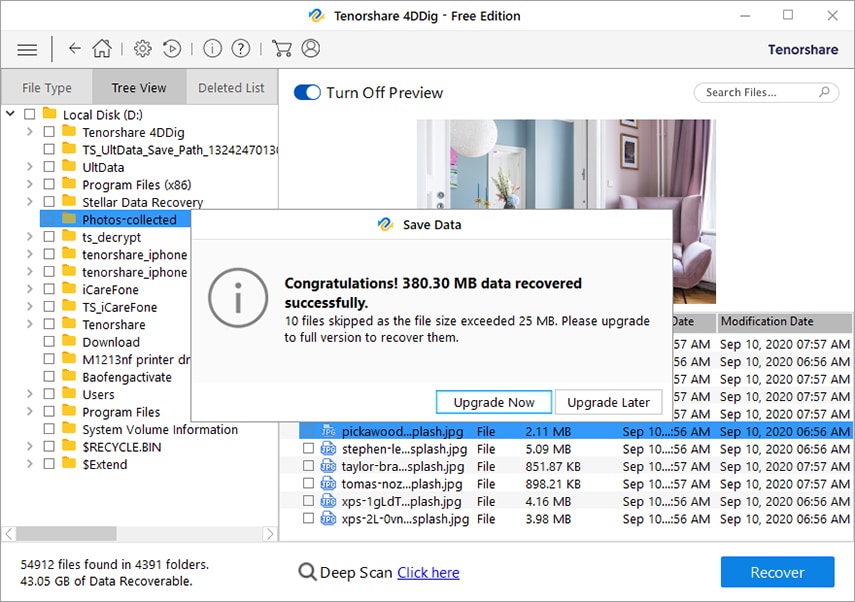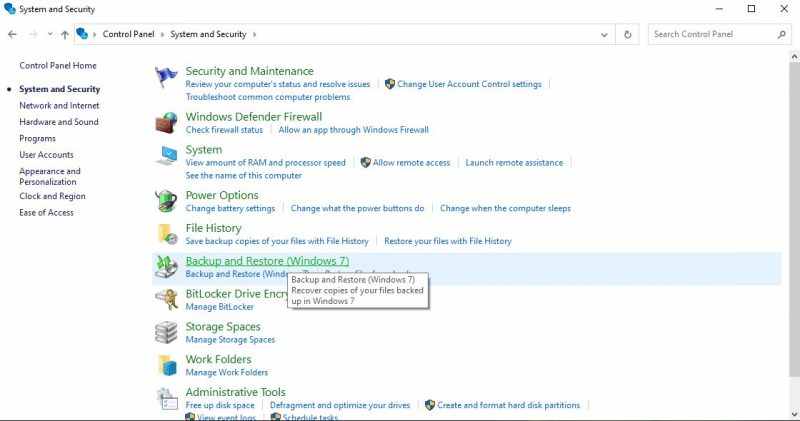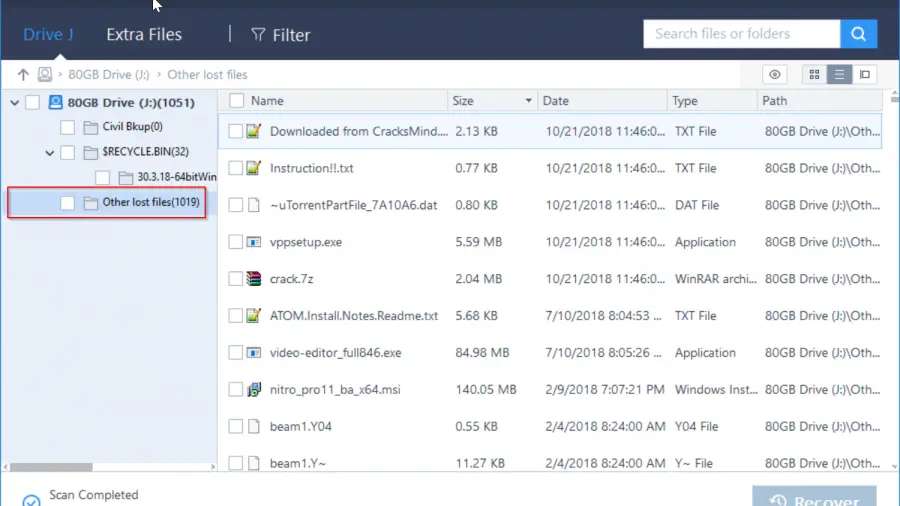

- #Restore deleted files windows 10 that have been erased how to#
- #Restore deleted files windows 10 that have been erased software#
- #Restore deleted files windows 10 that have been erased Pc#
However, if you don’t get help from this software, you can try the other methods we have discussed below. Step 7: Navigate to the new location and confirm that the files have been restored and can be used by your applications.ĭisk Drill is one of the best data recovery software. Step 6: Click “Recover” to finish the recovery process. Do not use the original location of the files as this can potentially lead to file corruption. Step 5: Select the files to be recovered and the location where you want them to be restored. When the process ends, you should see a list of files to be recovered. Step 4: Click the “Search for lost data” button on the application to initiate the scanning process. Step 3: Now select the disk or the location of the files in the application’s window.

Do not use the disk intended for the recovery as that can easily corrupt the files. Step 1: Begin by downloading and installing the Disk Drill app developed by Cleverfiles. For best data recovery, we recommend Disk Drill developed by Cleverfiles as one of the best ways to restore files from a PC.įollow the steps below to recover lost files and folders with Disk Drill. Recovering lost data from Windows 10 can be more seamless with a data recovery software.
#Restore deleted files windows 10 that have been erased software#
Recover Deleted Folders Using Data Recovery Software You can also use the research command on windows 10 to get see if the files are available and their new location. Step 4: Confirm that the files have been successfully restored by checking the original location of the files. Step 3: Right-click on the files you have selected and choose “Restore.” This command will restore all the selected files to their original location. If you had deleted multiple files or folders, use Ctrl and Shift Keys to select the items at once. Step 2: Scroll the folder to find the files to be recovered. Step 1: Open the Recycle Bin by double-clicking the icon on your desktop. If the files were deleted just recently, check the bin and use the steps below to restore them. However, when the Recycle Bin is full, new files will be permanently deleted and cannot be retrieved from the Recycle Bin.īefore you check any other place for your deleted folders in Windows 10, check the recycle bin as your first step. Recycle Bins offer temporary storage for recently deleted files from the Windows system. Let’s look at some of the methods to recover a deleted folder or accidentally deleted files in Windows 10. Image created by Market Business News.ĭeleted files and folders will therefore remain available in the drive until such a time when Windows overwrites them with new data. This is because when Windows deletes a file, it marks their previous stage as available for reuse. Logically, deleted files and folders will remain in the hard drive of your computer for quite some time, depending on the usage of your computer.
#Restore deleted files windows 10 that have been erased Pc#
Just read on and familiarize yourself with the data recovery for PC methods we have described in this article. Fortunately, it is not a big deal to recover deleted files. If you choose this option, the file will be deleted immediately instead of being moved to the Recycle Bin.Whether you are working on your desktop, laptop or smartphone, it is ever so easy to make a mistake and delete the wrong folder.

Windows can delete files instantly without putting them in the Recycle Bin. In that case, these tips will also help you undo this setting. If data on your PC is immediately deleted without being moved to Recycle Bin first, the default setting may have been unintentionally changed. However, you still have the option of deleting files immediately. By default, Windows now moves deleted files to the Recycle Bin and does not permanently delete them right away.
#Restore deleted files windows 10 that have been erased how to#
If you're using the latest version of Windows, the question of how to prevent files from being deleted immediately is no longer a concern.


 0 kommentar(er)
0 kommentar(er)
